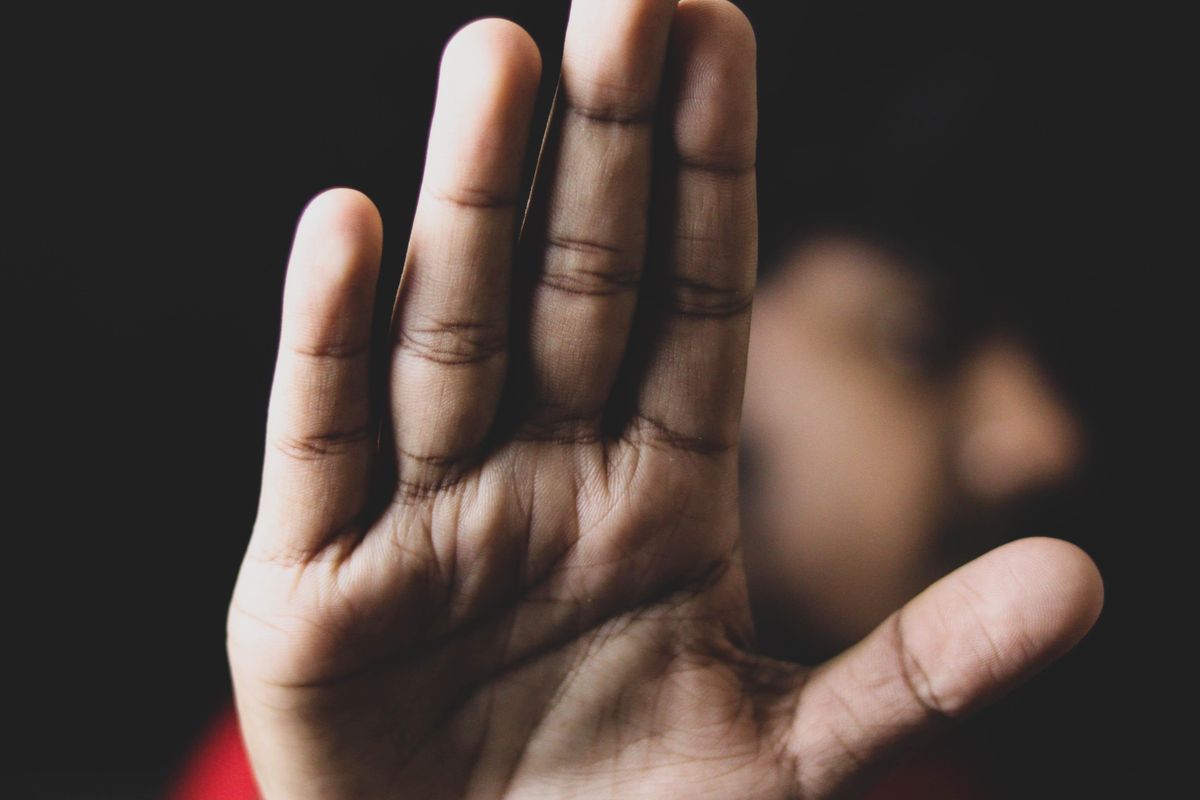
The world takes a collective breath as the dumpster fire that was the Depp v. Heard trial has come to an end. While some people had no interest in watching the trial, others set up tents in the camps of the actor they found most believable. One conversation emerging from the trial, no matter which side you’re on or how indifferent you feel about the verdict, is that men can be victims of domestic violence too.
If you’re a fan of “Law & Order SVU,” you’ve heard of the perfect victim idea. It’s that if the victim isn’t absolutely and unequivocally perfect, they won’t be believed in court or in the public eye. There is some truth to that. Victims come in all shapes and sizes and from many different backgrounds, and the same is true regarding domestic violence victims. Women report being victims of domestic violence at a higher rate and are more likely to die at the hands of their perpetrator than anyone else, especially when they are leaving the relationship or pregnant.
Knowing that women are the most likely victims of domestic abuse doesn’t negate that men can also be abuse victims. For so many people, the perfect victim thought happens automatically—if the man claiming abuse isn’t small framed and timid, they have a hard time being believed. But abuse doesn’t usually start out as physical violence—abuse starts psychologically. The abuser typically starts by saying small things to slowly break a person’s spirit only to gaslight them into believing they’re overreacting. Before long, abusers tend to isolate you from your family and friends as they continue to slowly chip away at your self-confidence. Once they’re sure you aren’t leaving, that’s when the physical abuse starts and the cycle of abuse intensifies.
While for some people it may be difficult to imagine a woman being the abuser of a much larger man, it’s not unheard of. Men are victims of domestic violence and they don’t have to be smaller than their abuser for it to be true. Male victims of intimate partner violence (IPV) are much less likely to report their abuse to the authorities, which makes data a little scarce. But, according to the CDC, approximately 1 in 10 men in the United States experienced sexual violence, physical violence and/or stalking. It reports that 97% of men that reported domestic violence only had female partners.

The statistics are staggering, and the CDC is calling IPV against men a significant public health problem. Domestic violence is an issue that needs to be talked about, but we can’t let our bias allow us to jump to conclusions about who the victim is. All victims deserve to feel heard. They deserve to know that people are in their corner and will believe their story, even if the victim doesn’t fit into the image we’ve painted in our minds.
Believing men can be abused by their female partners does not mean that we have to stop believing female victims. Abusers do not care what anatomy you possess. Anyone can be a victim of domestic violence. Men, women and gender nonconforming people can all be victimized, and this trial has ignited a much-needed conversation on the topic.
